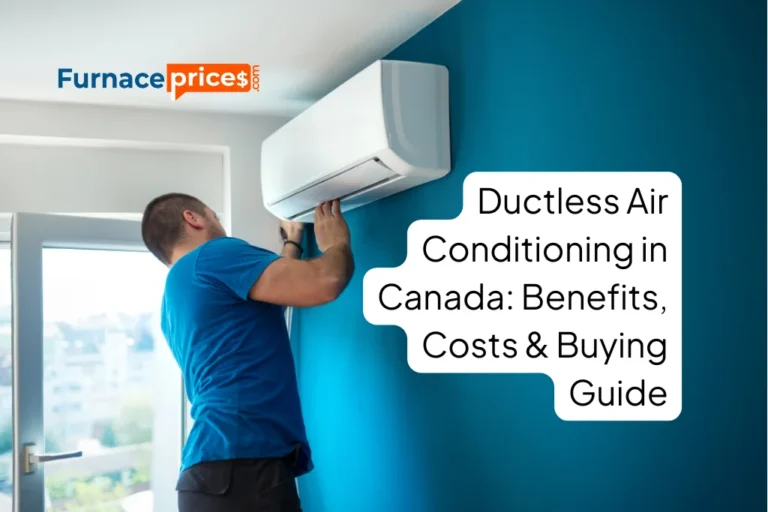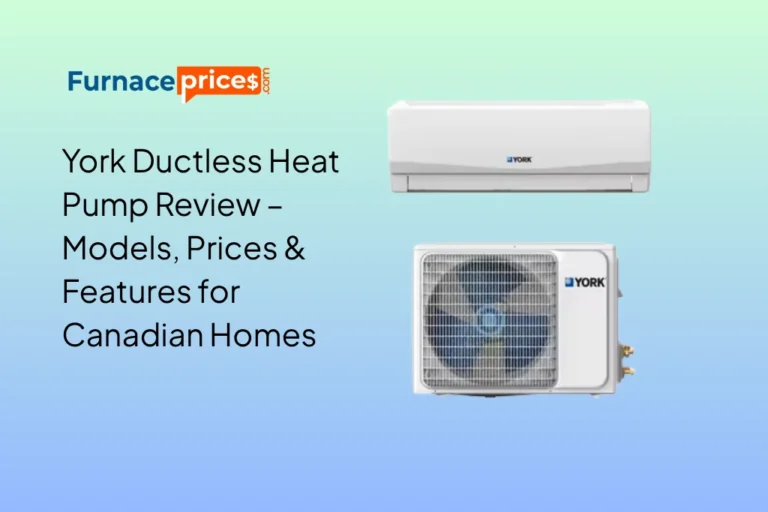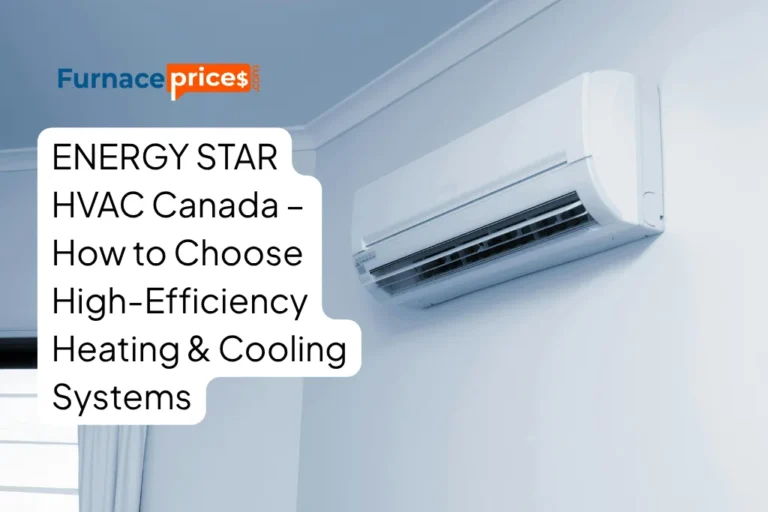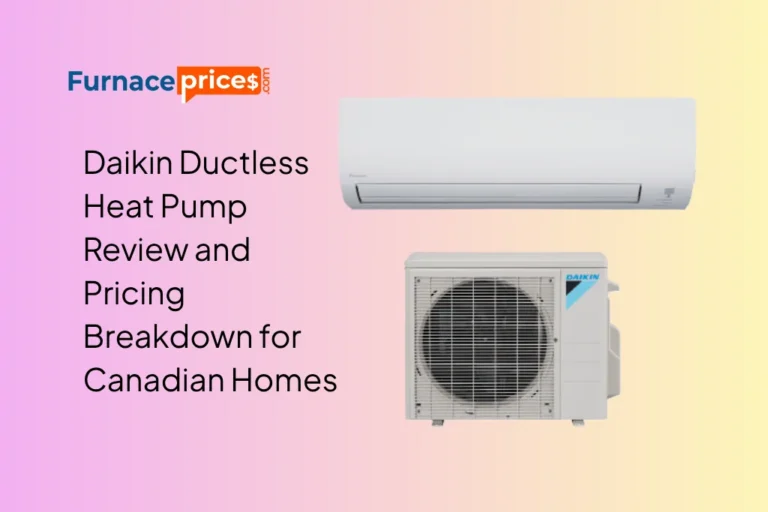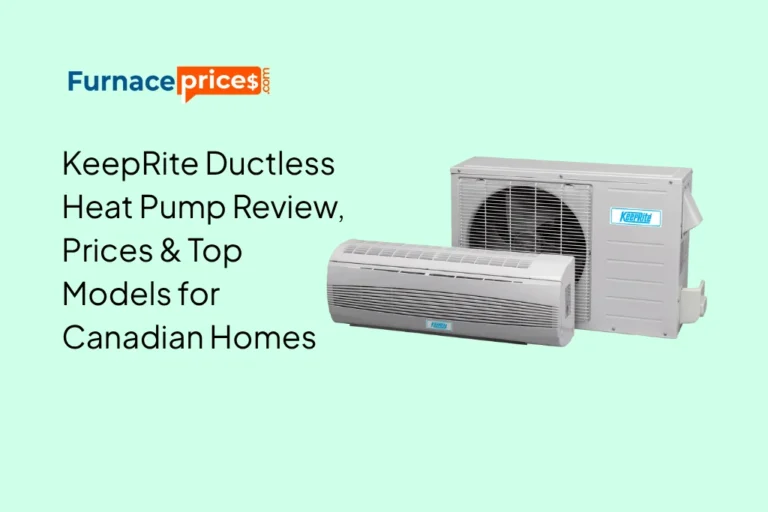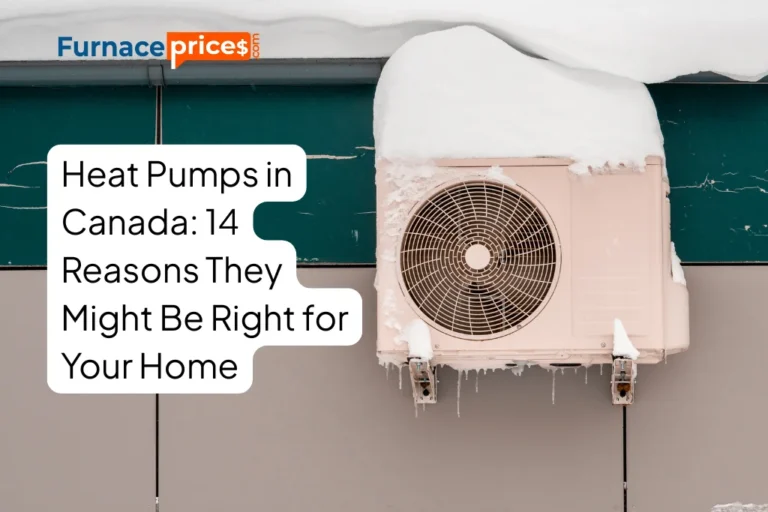Samsung Ductless Heat Pump: What to Know Before You Buy in Canada
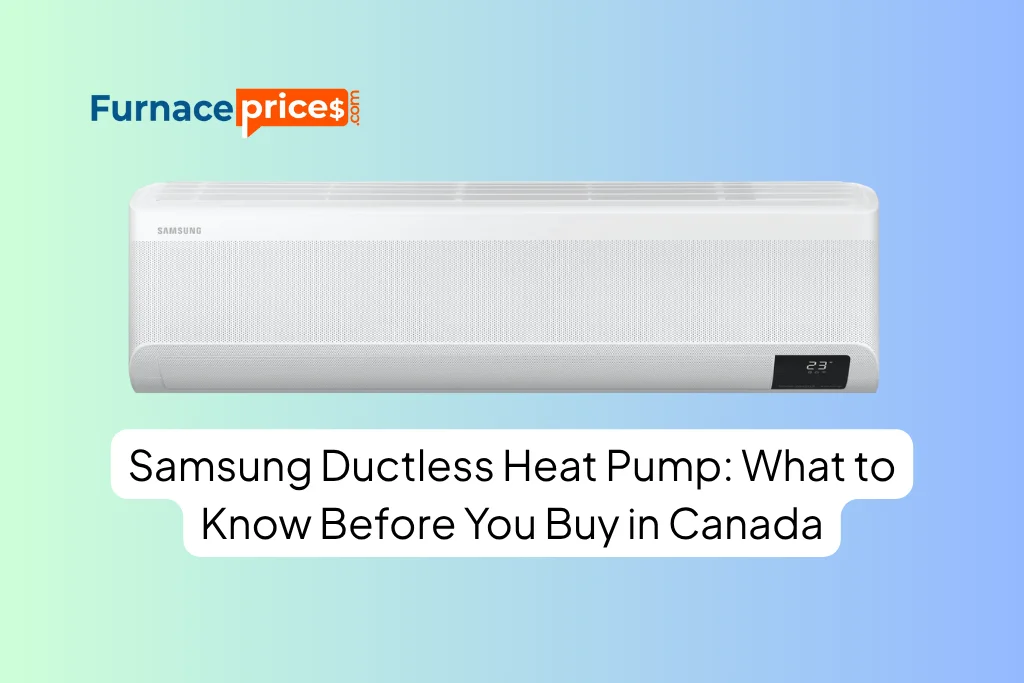
This review covers what Ontario and Canadian homeowners should know about Samsung’s ductless mini-split systems: how they work, what models are out there, what to expect in cost, warranty details, and standout features — all based on expert HVAC experience.
What Are Ductless Mini-Splits?
Ductless mini-splits are HVAC units that heat or cool your home without needing ducts. For homes lacking existing ductwork (common in older houses or certain retrofit projects), they offer climate control without the cost or mess of installing full duct systems.
A standard ductless setup involves two parts:
- Outdoor unit — houses the compressor and condenser.
- Indoor unit(s) — fan/evaporator that blows conditioned (warm or cool) air into your living space.
We’ll go through what Samsung offers in both indoor and outdoor units, plus their heating & cooling options, efficiency, and more.
How Samsung Ductless Heat Pumps Operate
Samsung’s ductless heat pumps provide both heating and cooling. In summer, they work like an air conditioner; in winter, they reverse operation to heat your home. That dual capability means you often don’t need separate systems for heating & cooling.
Samsung offers a range: single‑zone units (one indoor unit paired with one outdoor) and multi‑zone configurations (several indoor units all served by one outdoor compressor). They also have ENERGY STAR certified models and some engineered for cold climates.
Top Samsung Ductless Models & Series
Here are several of the Samsung lines worth knowing about — strengths, intended uses, and features.
| Model/Series | Best Use‑Cases | Key Features |
| Max Heat 3.0 | Homes in cold climate regions, or places that experience very low winter temperatures. | High heating capacity down to −30 °C; strong cooling even in hot weather (~46 °C); base pan heater to prevent ice build-up. (bphsales.ca) |
| WindFree 3.0e | For homeowners who dislike the feeling of cold drafts; for improved comfort and quieter operation. | Uses micro‑holes in the front panel to disperse cooled air gently (“still air”); includes built‑in WiFi and remote monitoring/control. (bphsales.ca) |
| Casette & Compact Indoor Units | Rooms where wall space is limited, or for aesthetic/integration reasons (e.g., ceilings, cassette mounts). | More discreet installation, optional motion sensors, lower visible impact. (rsl.ca) |
Pros & Cons of Samsung’s Ductless Systems
Advantages:
- Samsung models tend to offer strong energy efficiency and good heating performance even in cold weather.
- Features like “WindFree” reduce uncomfortable drafts.
- Many models include WiFi connectivity, smart controls, and diagnostics to simplify operation and upkeep.
Drawbacks:
- Higher upfront cost, especially for the cold‑climate or multi‑zone units.
- Performance drops off as outdoor temperatures fall very low; supplemental heating might be needed for extremely cold days. (Though Max Heat helps mitigate this.)
- Maintenance and correct installation are essential — poorly sized systems or sub‑optimal installation can reduce efficiency.
Pricing Guide for Samsung Ductless Systems in Ontario / Canada
Here’s a sense of what you might expect to pay. These are ballpark figures for typical residential installations; actual costs vary with home size, how many indoor units, installation complexity, etc.
| System Type | Estimated Total Cost* |
| Single‑zone basic Samsung ductless mini‑split (indoor + outdoor) | CA$6,000 – CA$10,000 |
| Higher‑end single‑zone or multi‑zone systems (more indoor heads, cold‑climate rating, more capacity) | CA$10,000 – CA$15,000+ |
*Includes both equipment and installation. If your home needs significant work (e.g. electrical upgrades, wall penetrations, framing), or special positioning of indoor/outdoor units, costs can rise. Also, rebates/grants (federal, provincial, utility) may reduce net cost.
For example, Samsung’s Max Heat 3.0 units range from 9,000 to 24,000 BTU/hr capacities. Higher BTU and more zones mean higher cost.
Important Features to Compare
When evaluating Samsung—or any ductless heat pump system—these are some of the most important features to look for:
- Cold‑weather rating
Look at how the system performs in freezing temperatures. Some Samsung models continue delivering reliable heat even when outdoor temps drop as low as −30 °C, which is especially important for homeowners in Ontario and other colder regions of Canada. Without this, you may need backup heating during wint
- SEER / HSPF / Energy STAR
SEER (Seasonal Energy Efficiency Ratio) and HSPF (Heating Seasonal Performance Factor) measure cooling and heating efficiency. ENERGY STAR® certification means the unit meets or exceeds national energy efficiency standards. Choosing a high-efficiency model can lower your energy bills and may qualify you for government or utility rebates. - Smart controls & diagnostics
Wi-Fi-enabled systems with mobile apps allow for remote operation and monitoring. Features like Samsung’s SmartThings app can send you maintenance alerts, offer troubleshooting steps, and help you adjust settings even when you’re not home—making it more convenient to manage comfort and spot issues early. - Warranty terms
Pay attention to the length and terms of the warranty, especially for the compressor, which is a critical and expensive component. Most Samsung systems offer 10-year limited parts warranties, but registration is often required after installation. Some models may have shorter terms, so be sure to check what’s offered in your province. - Installation quality
A quality install is just as important as the equipment itself. Proper system sizing, refrigerant line connections, airflow calibration, and unit placement can dramatically affect performance, longevity, and efficiency. Always hire a licensed HVAC technician with experience installing ductless systems, and confirm they follow local codes and best practices.
Warranty & Maintenance
Samsung generally offers strong warranties on many ductless models — often 10 years on key components like the compressor. However, registering your unit after professional installation is usually necessary to activate full warranty coverage. Keep records of installation and registration in case you ever need to make a claim.
To keep your system running smoothly and preserve your warranty:
- Clean or replace filters regularly, especially during peak heating or cooling seasons. Dirty filters can restrict airflow and reduce system efficiency.
- Schedule an annual check‑up with a licensed HVAC contractor to inspect refrigerant levels, electrical components, and system performance.
- Ensure the outdoor unit has proper clearance for airflow, and that indoor units are correctly sealed, leveled, and insulated to prevent energy loss or moisture buildup.
- Keep vents and coils free of dust, leaves, and debris that can clog the system or reduce performance. Simple maintenance tasks can prevent costly issues and prolong the system’s life.
These small steps go a long way in keeping your system energy-efficient, preventing surprise breakdowns, and protecting your warranty coverage over the long term.
How to Choose the Right Model for Your Home
Here are some tips, based on 25+ years in HVAC work:
- Assess your climate — If you’re in Northern Ontario, or in places that see very cold winters, prioritize models with strong low‑temperature heating performance (e.g. Max Heat).
- Determine your capacity needs — Over‑sizing can lead to short cycles and inefficiency; under‑sizing won’t give you comfort on extreme days. Use a heat loss / heat gain calculation (or consult a professional) rather than guessing by square footage alone.
- Decide single‑zone vs multi‑zone — If you only need to condition one room or area, single zone is simpler and less expensive. If you want differentiated control in multiple rooms, go multi‑zone.
- Factor in rebates and incentives — Many provinces and utilities in Canada offer rebates to encourage efficient heat pump installations. These can reduce net cost significantly.
- Talk installation — Hire a licensed, experienced contractor. The unit’s performance in real life depends heavily on how it’s installed (location, insulation, ducting/refuges if any, proper refrigerant line sizing, etc)
Bottom Line
Samsung offers a broad, quality range of ductless heat pump systems that perform well, especially when you prioritize the right model for your climate and have a good contractor. Their cold‑climate models (like Max Heat 3.0) make them serious contenders in much of Ontario and Canada. If you’re ready to invest for both heating and cooling, Samsung’s features like WindFree, smart controls, and high efficiency can provide comfort and energy savings — just make sure your system is well sized and properly installed.
Have questions about choosing the right Samsung unit — or want help comparing brands or finding contractors in your area? Our expert guides and contractor directory are here for you. Visit FurnacePrices.com to learn more or request a free quote today.
Have questions about choosing the best furnace or air conditioner for your home? Our expert-backed guides and trusted contractor directory can help you make an informed decision. Visit FurnacePrices.com today to learn more or request a free quote.
For more information on energy efficiency standards and incentives in Canada, visit Natural Resources Canada.
📞 Have questions? Contact us or email us at contact@furnaceprices.com.
✅ Start comparing today and make the right choice with confidence!


